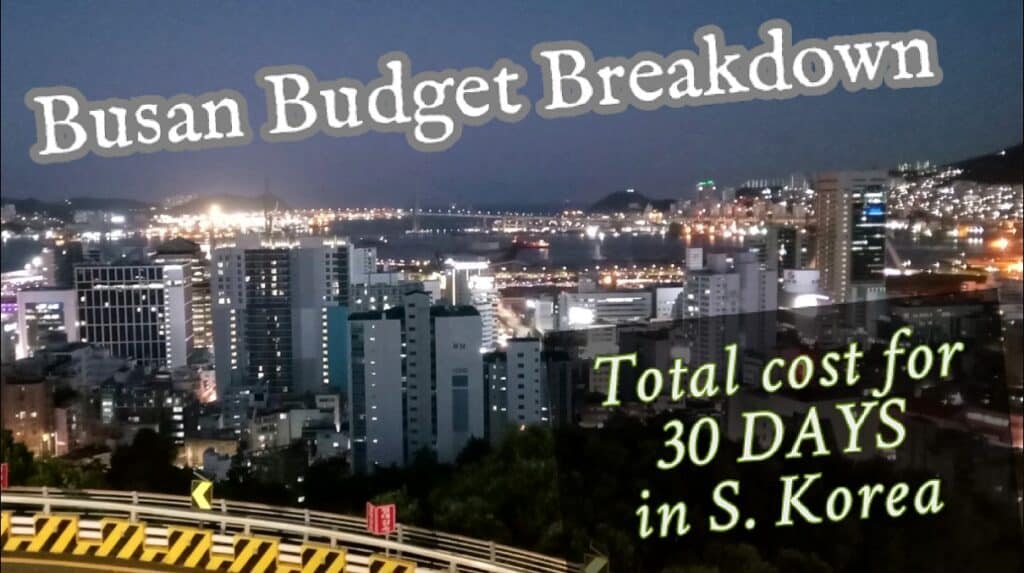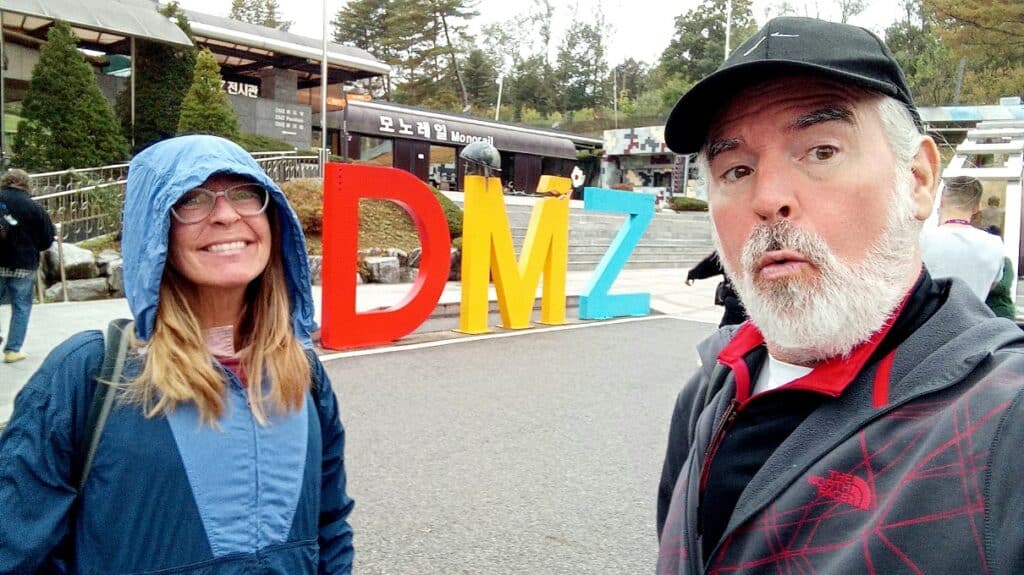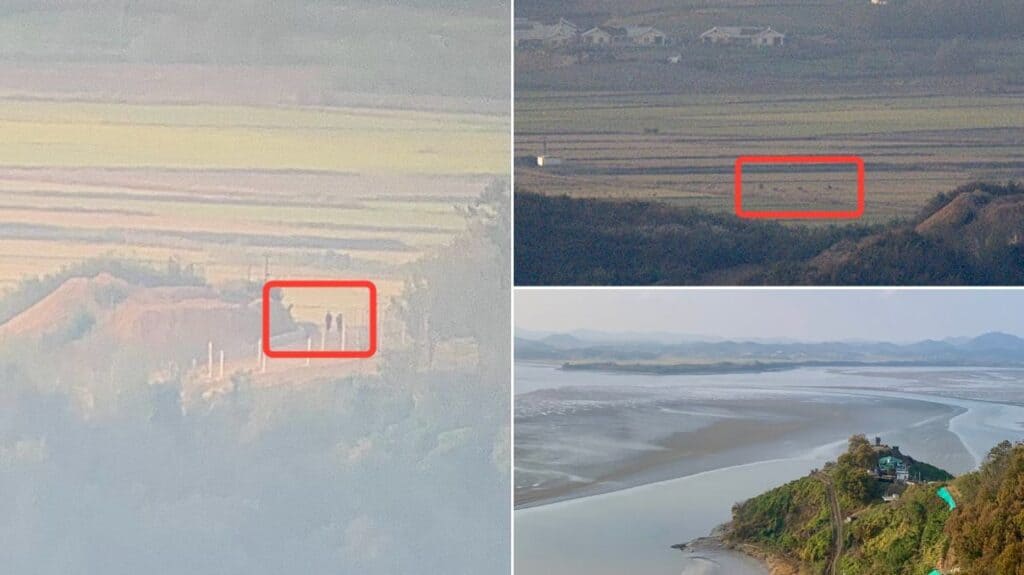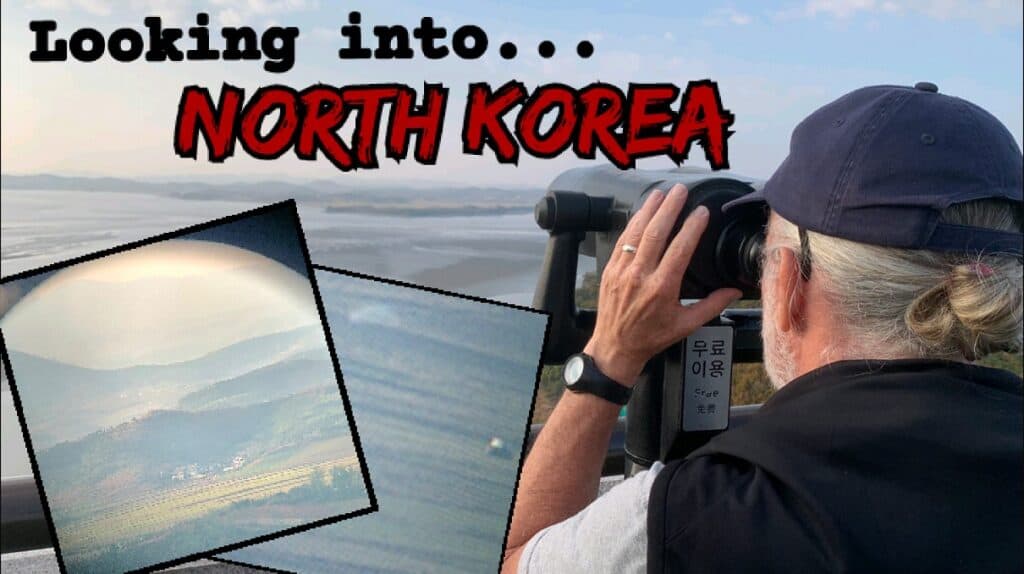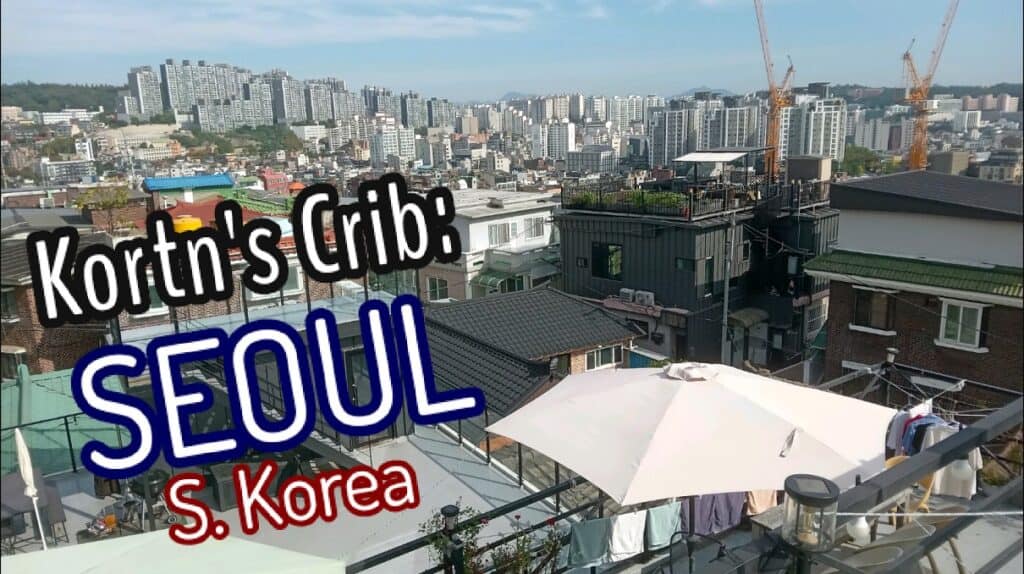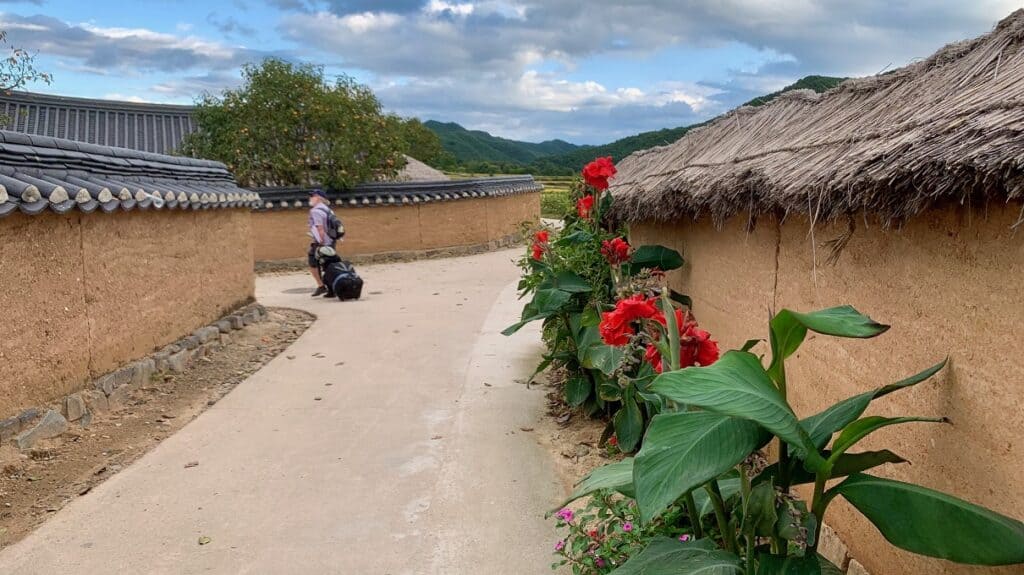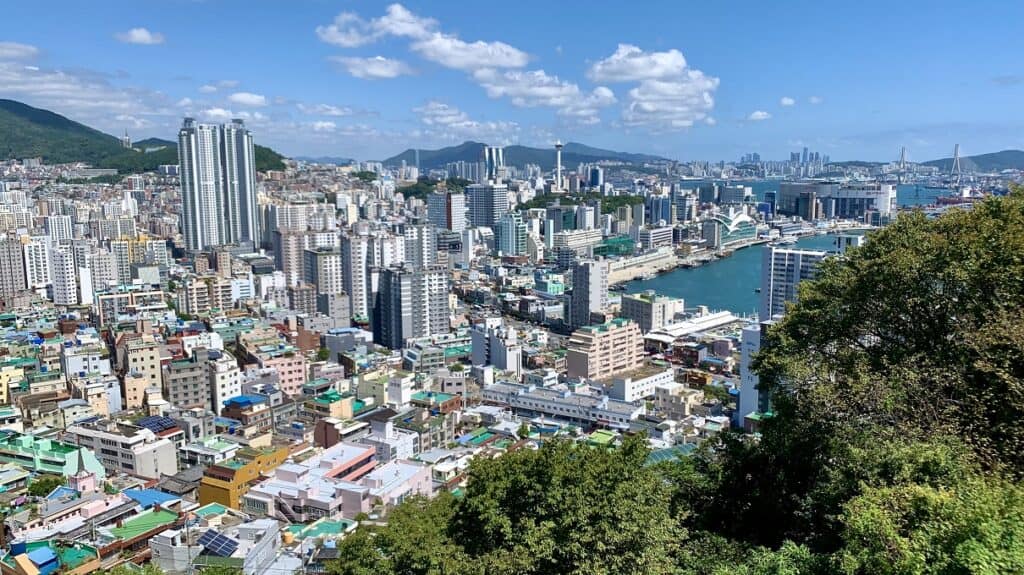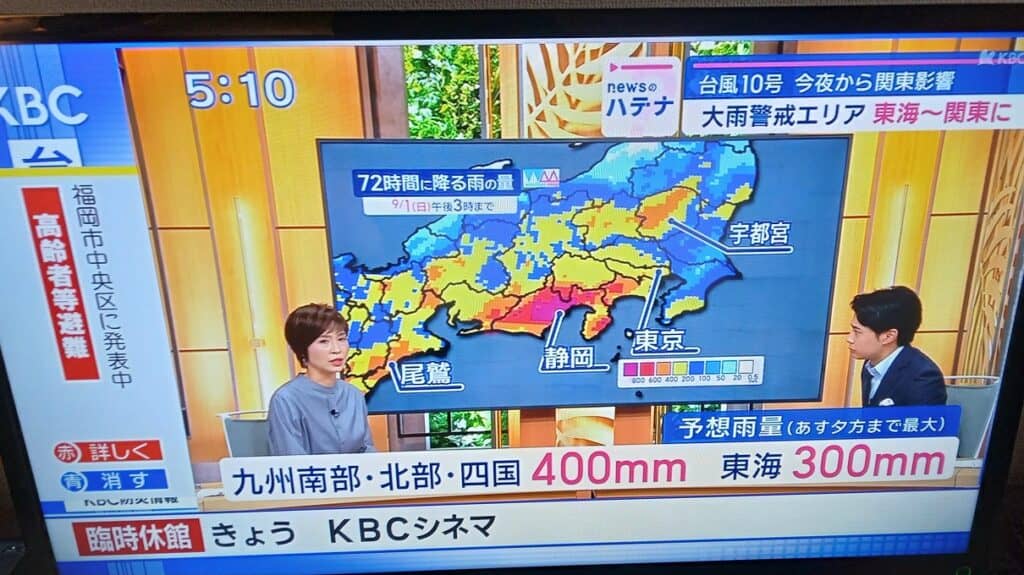It is said to be the most heavily militarized place in the whole world. Ironically, it is called the “DEmilitarized Zone” — the Korean DMZ.
It’s the 250 kilometer long strip of land that today separates North and South Korea.
Other acronyms are applied too: MDL (Military Demarcation Line), CCZ (Civilian Control Zone), CCL (Civilian Control Line), SSL (Southern Limit Line), GOP (General Outpost), OP (Observation Post), JSA (Joint Security Area).
Whatever the names, we went there yesterday — and looked out into the nation of North Korea (officially named The Democratic People’s Republic of Korea).
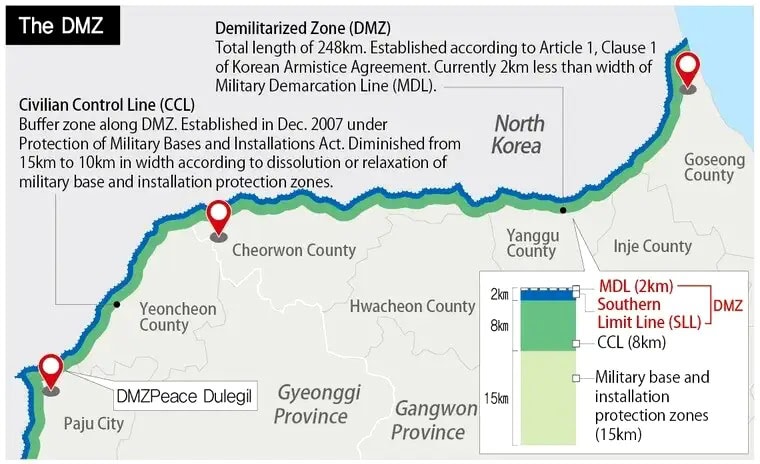
The DMZ border area we could most easily access is near the city of Paju (seen to the far left in the graphic above). The place is known as Imjingak (also the name of the nearby river). Imjingak functions as a kind of hub for all publicly accessible DMZ activities in this corner of the country. (We have no info on DMZ access in other areas of South Korea, officially named the Republic of Korea.) Imjingak is about 35 miles north of Seoul, our current month-long, budget, slow travel stop.
The Imjingak complex consists of: a visitor center, ticket counters, exhibit hall, interactive movie experience, various monuments and memorials, restaurants and cafés, huge parking lot, a gondola/cable car, even a small amusement park. It is also the start point of the mandatory shuttle buses that transport anyone wishing to visit the DMZ.
Upon our arrival in the South Korean capital, we immediately investigated how to visit the DMZ. Most commonly, tourists sign on to one of the many organized ‘day tours’ that operate from Seoul. Those bus tours are easily found online and can be had for between $50 and $75 per person (one example is here). But since we are ‘living’ in Seoul, we decided to save a few bucks, avoid the set schedule, and do it ourselves via public transportation.
Korean DMZ: What it’s like and how to save money getting there
From central Seoul it seemed easy to get to Imjingak. A Korean Rail train runs every 30 minutes or so throughout the day from the Seoul Station. Many subway lines converge at Seoul Station. At the information desk we were directed to the platforms at the old station building. Fare for the 70-minute ride was less than $2 per person.
Unfortunately, although there is an Imjingak Station, the train now only runs as far as the Munsan Station in the center of the city of Paju, about five miles short of Imjingak. At the Munsan Station there was some confusion about which bus would take us to Imjingak. We got advice from a few locals also waiting for various buses – including a group of military trainees fulfilling their conscription requirements.
In the end, it was determined that SOME of the 58B buses go to Imjingak (others do not, so confirm with the driver). There was a supposed schedule posted on a sheet of paper at the bus stand opposite the train station. But the 11:45 a.m. bus was way late. In all, we wasted at least an hour waiting in Paju for the proper bus. Fare to Imjingak: $1.20 each.
Better idea — especially in rainy or cold weather — use one of the numerous cabs at Munsan Station. We were told the fare is $6 to $8 from Munsan Station to Imjingak.
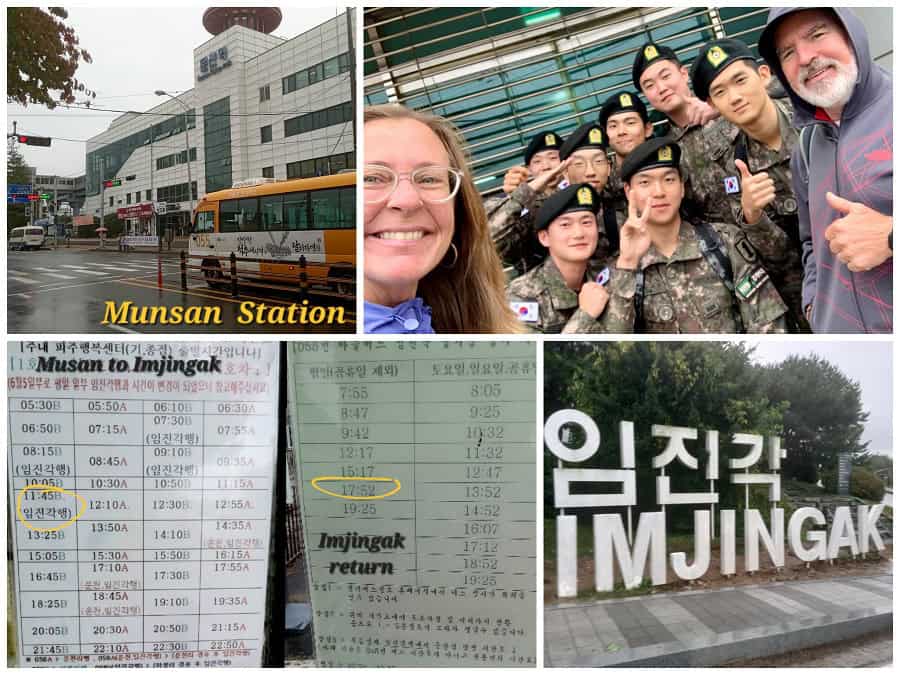
The Korean DMZ experience
First, some things to note: the DMZ and all other Imjingak ‘attractions’ are closed to the public on Mondays (and holidays). No tours, no independent visits, no admittance. Do not go there on a Monday.
Second, the JSA (Joint Security Area) is closed indefinitely as of this writing. The JSA is the place often seen in photos where soldiers from both the North and South stand just feet apart, on each side of the agreed border line (MDL), glaring at each other. The JSA also has a cluster of buildings on each side that have at times been used for diplomatic meetings.
In the past, guided bus tours went to the JSA from Seoul. As of mid-2023, when a disgruntled U.S. Army private bolted across the border line during a tour, the JSA has been closed to the public. No timetable has been released regarding a reopening.
Lastly, be aware, tours/access to all parts of the DMZ can be suspended at any time based on security concerns. In fact, barely one week before our visit, the DMZ was completely shut down for one day in reaction to North Korea blowing up some inactive ‘connecting’ roads and railroads to the South. The South responded by firing warning shots.
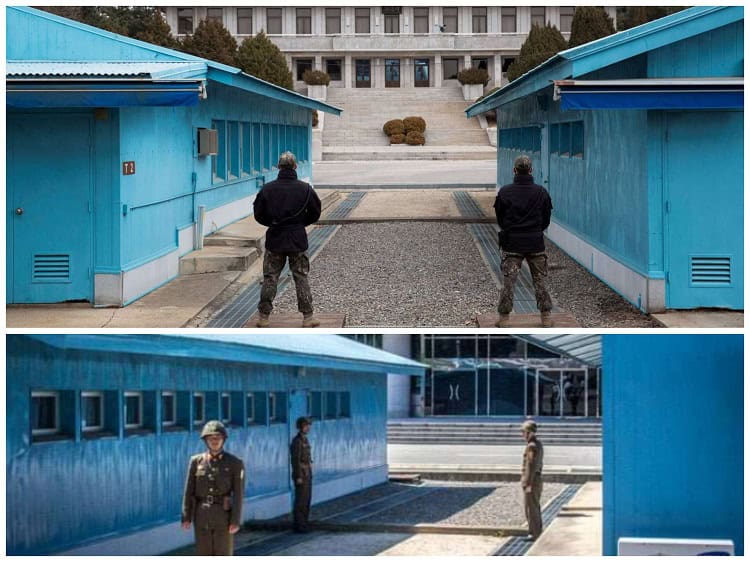
PASSPORT REQUIRED!
At the Imjingak ticket counter we showed our passports and purchased tickets for a shuttle bus ‘tour’. Cost: $6.65 per person. Everyone wanting to enter the CCZ (Civilian Control Zone) — including the Seoul tour groups — ends up on these shuttles. There is no other way. One bus departs every half-hour throughout the day until 2:30 p.m. Seats are sold on a first-come first-served basis. Tour groups from Seoul often arrive before the ticket office officially opens and are assured spots. Individuals like us could find all shuttle bus seats sold out. On the dreary day we went, there was no chance of sellout – but the earlier you arrive the better.
The Third Tunnel
After having passports checked again at the Civilian Control Line by military personnel who board each shuttle bus, the first stop was for one-hour at the “Third Infiltration Tunnel” — the third of four tunnels dug by North Korea that have been discovered. Here visitors descend 250 feet on a steeply sloped access shaft to view the portion of the tunnel that is on the South Korean side of the MDL (Military Demarcation Line).
The mile-long Third Tunnel was discovered in 1978 (revealed by a North Korean defector) and extends about 1,000 feet into South Korean territory. We walked inside the tunnel to the now-blockaded end point, which is about 400 feet from the MDL (well into the actual DMZ).
The Third Tunnel experience is unique to be sure – but easy enough. The rough-cut ceiling is often about five-feet high. Visitors are required to wear a construction helmet for safety. Water seeps and drips everywhere. But North Korea constructed the tunnel on a slight incline, so the water does not collect inside. A one-track monorail system is installed; an alternative to walking the access shaft — but it was not operating during our visit.
Obviously, the tunnel is a dead end. You walk to the barricade then turn around and come back. It’s just wide enough for two people to pass. Fortunately, when we arrived at the tunnel end, nobody was there. You could just as easily find a big jam-up of people at the turn-around.
Photos in the tunnel are officially prohibited. There is a metal detector at the entrance. Phones, backpacks, and other personal items are to be stored in free lockers.
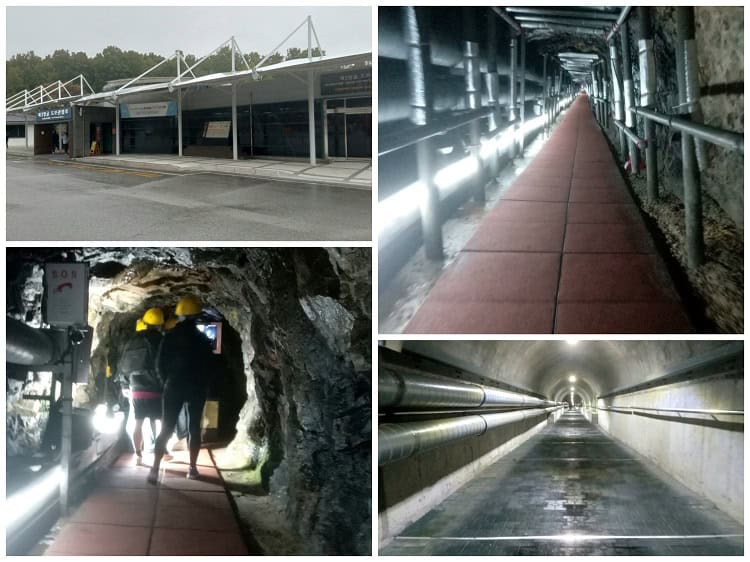
Dora Observatory
Back on the shuttle bus, we now drove about five minutes to the second stop within the DMZ: the “Dora Observatory”. The shuttle actually dropped us a few hundred feet away in a parking lot. Forty-five minutes was allotted for the stop. We walked quickly in light rain up a hill to the observatory perched atop.
Inside there are some maps and a looped short film explaining what can be seen from the big windows facing north. On the roof is an outdoor viewing platform with binoculars to peer into N. Korea — but it is presently closed due to potential snipers.
From the Dora Observatory, through light fog and rain, we viewed a soggy pastoral scene stretching a few miles to some small structures on the North’s side. The distant North Korean city of Kaesong (population 300,000) was not visible on this day. A curvy estuary ran through the middle of the huge marshy field in front of us. Some scattered South Korea guard posts/towers were visible closer to our position.
“An outdoor viewing platform with binoculars … is presently closed due to potential snipers.”
To be honest, we could not see nearly as clearly as the advertising photo shown below. The weather was poor: overcast, foggy, periods of heavy rain. But what we could see looked pretty peaceful and natural for such a heavily armed and ‘technically’ active war zone. The true center of the DMZ — the Military Demarcation Line (MDL) – is in a wetlands area. Signs touted the various birds, deer, moose, bears, even endangered species that live there.
At the same time, it was acknowledged that there are hundreds of thousands of land mines in the DMZ. Also unseen are artillery batteries and other weapons kept hidden/camouflaged by both sides at the forward edge of the Civilian Control Zone as allowed by the truce agreement and monitored by the United Nations. We did see some military vehicles and buildings – presumably housing – as we rode to our various shuttle stops.
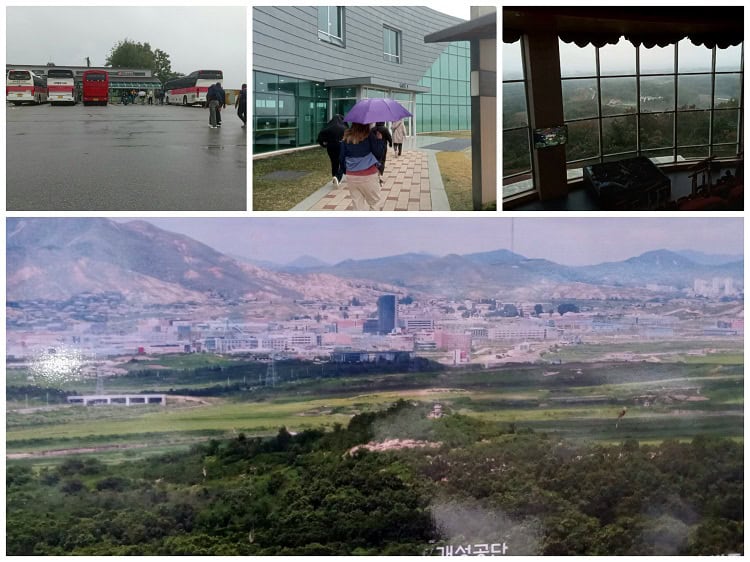
Historic Village
The final stop on the shuttle bus was at Tongilchon Village. Some might call it a ‘tourist trap’. It is a village that was evacuated during the Korean War, then reestablished in the mid-1970s as an agricultural settlement. Today they boast of their high quality rice, soybean, fruit, and ginseng products — and a ‘farmers market’ type plaza sells the goods.
Some quaint cafes, restrooms, an air raid shelter, and several armories are present at Tongilchon, too. The shuttle bus allotted 40 minutes for this stop – but it was raining so hard, many people didn’t even exit the bus.
After the village, the shuttle went back to the Imjingak plaza start point. The military checked passports again upon exit from the CCZ. The total shuttle bus portion of the day took about three hours.
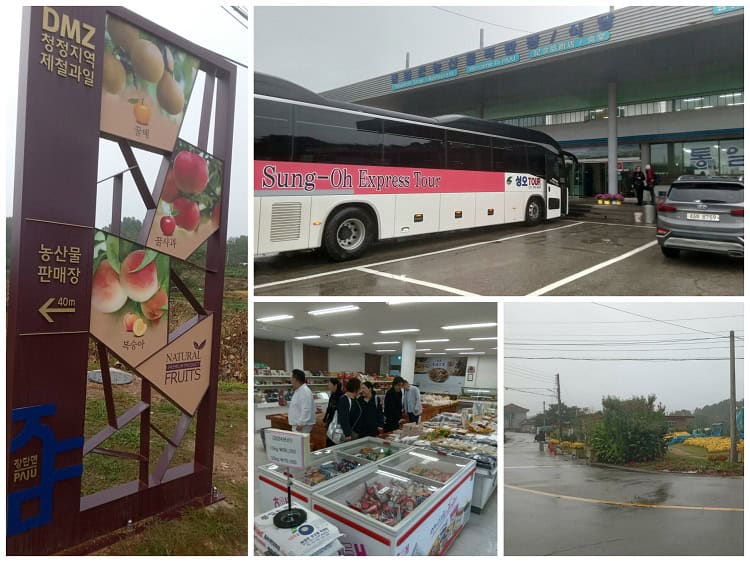
Cost & Summary
The total cost for our ‘do-it-yourself’ Korean DMZ tour was as follows:
$15 — subway, train, & bus fares
$13.30 — tickets for the shuttle bus to the DMZ
$7 — light snacks
_______________________
$35.30 total for two people
A DMZ tour package from Seoul would have cost at least $100 – without any food. Some of the tours offer convenient ‘pick-up’ service at your hotel. Some include other Imjingak attractions: gondola ride, suspension bridge walk, defector chat. And as noted above, tour participants are assured of shuttle bus tickets. Plus, local tour guides would likely offer insight and details about the DMZ and Korean history that we still don’t know. The transport uncertainty and wait we experienced at the Munsan Station would also be avoided.
If you have limited time, the organized tour from Seoul might be a wise choice. But for us early retired, budget slow travel vagabonds with no time constraints, the money-saving adventure was worth it – and it was fun. In fact, because there is more to see and do at Imjingak, so we are planning to make the trip again — on a nice-weather day — sometime before we depart South Korea in early November.
As always, be thankful and generous, happy trails & more beer.
Life is NOW!
Thanks for reading, “Korean DMZ: What it’s like and how to save money getting there.”
About Theo
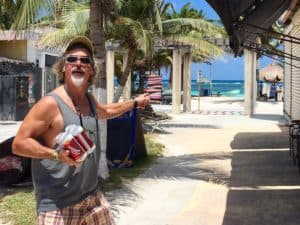
Theo (also called Tedly) retired early from the news business to wander the planet with his wife, Ellen. He enjoys exploring all Earth has to offer from jungles and beaches to volcanoes and deserts, always drinking beer along the way.
Other posts about South Korea for retired budget slow travelers:
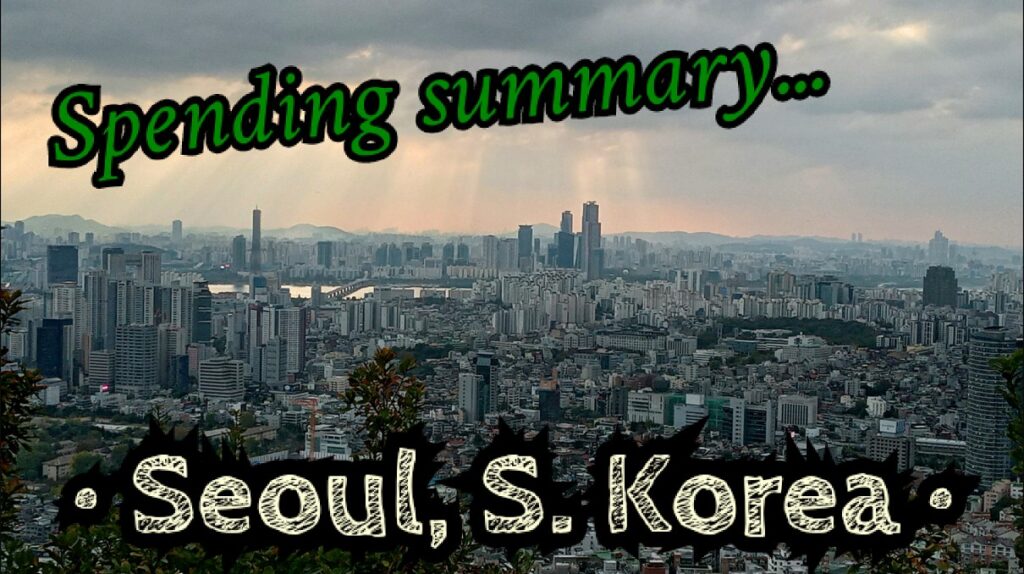
What it cost to live in Seoul 1 month as budget slow travelers
Theo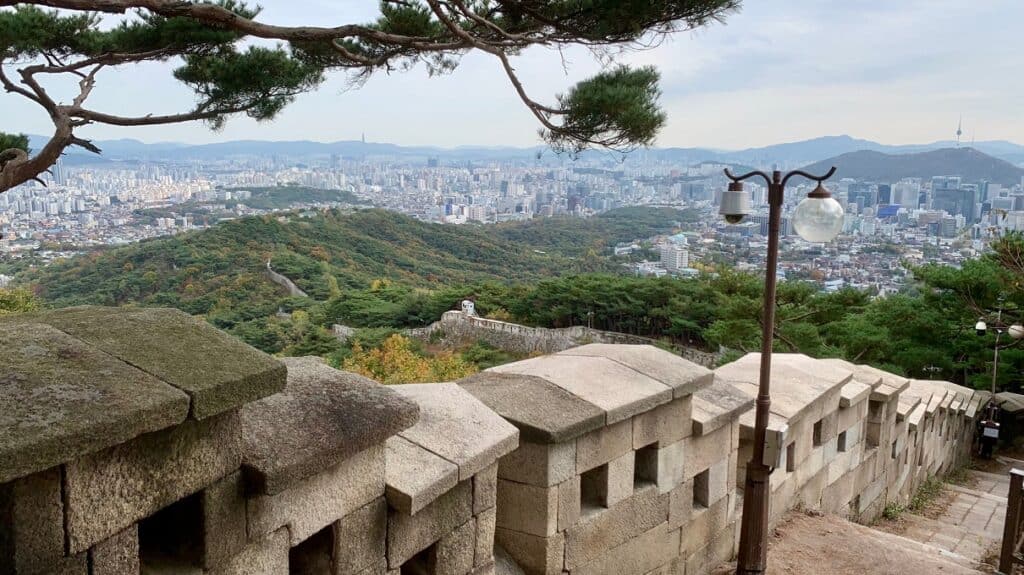
Ancient city wall around Seoul for older budget slow travelers
Ellen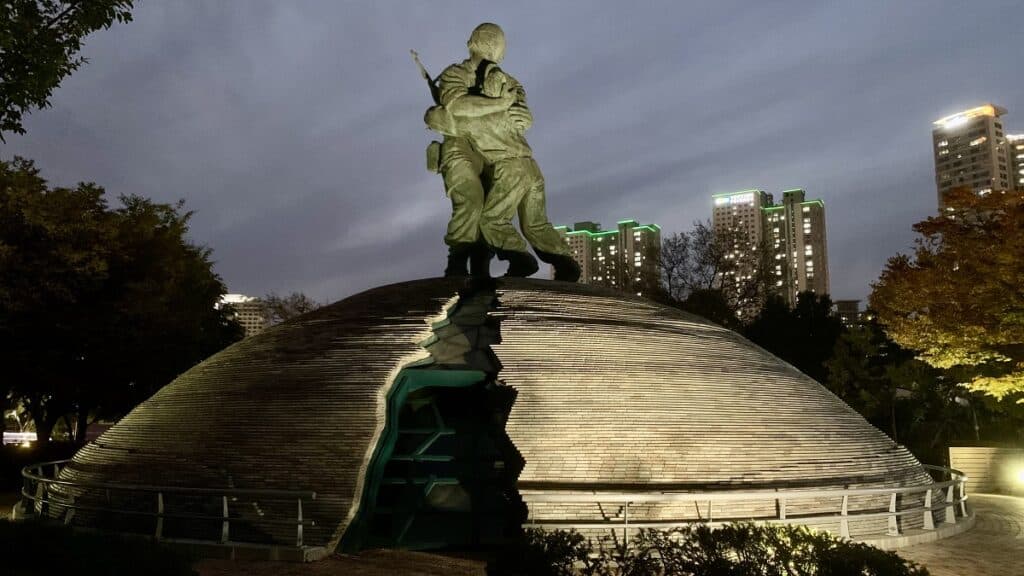
What it’s like for a traveler near the Korean border in these crazy times
Ellen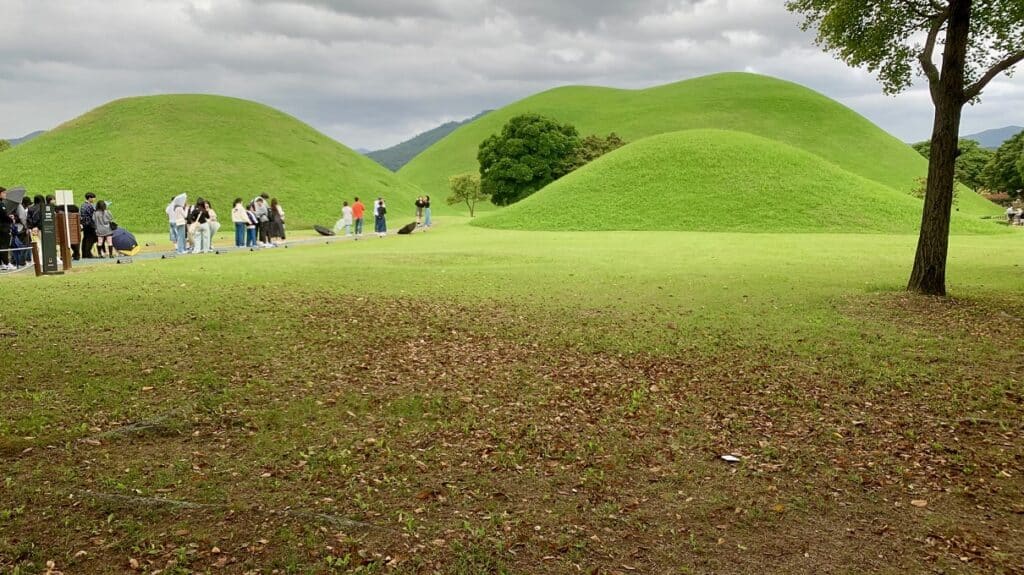
Gyeonju – Land of kings & Buddhas for budget slow travelers
Ellen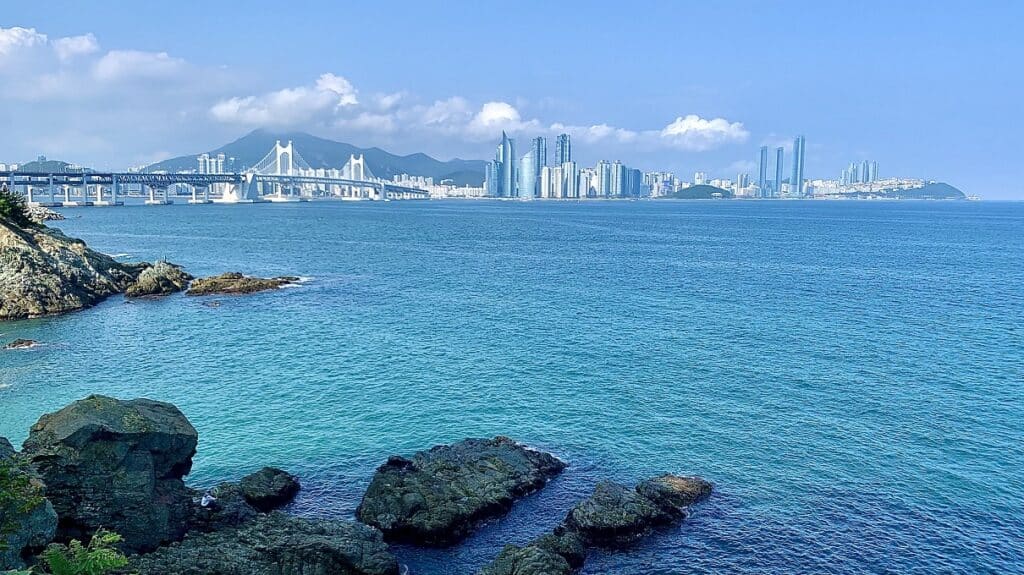
7 Great reasons budget slow travelers should visit Busan, South Korea
Ellen